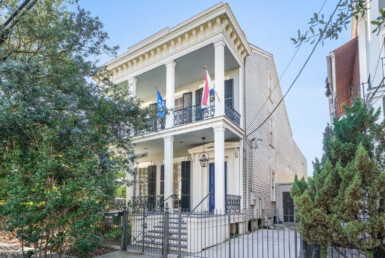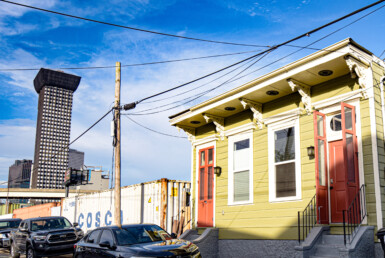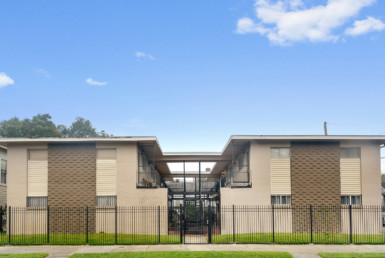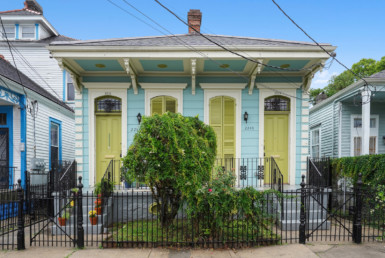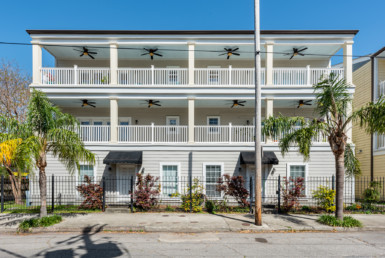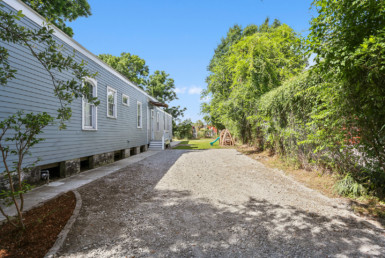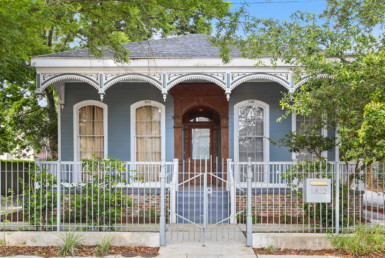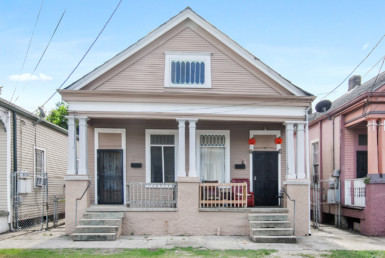Central City
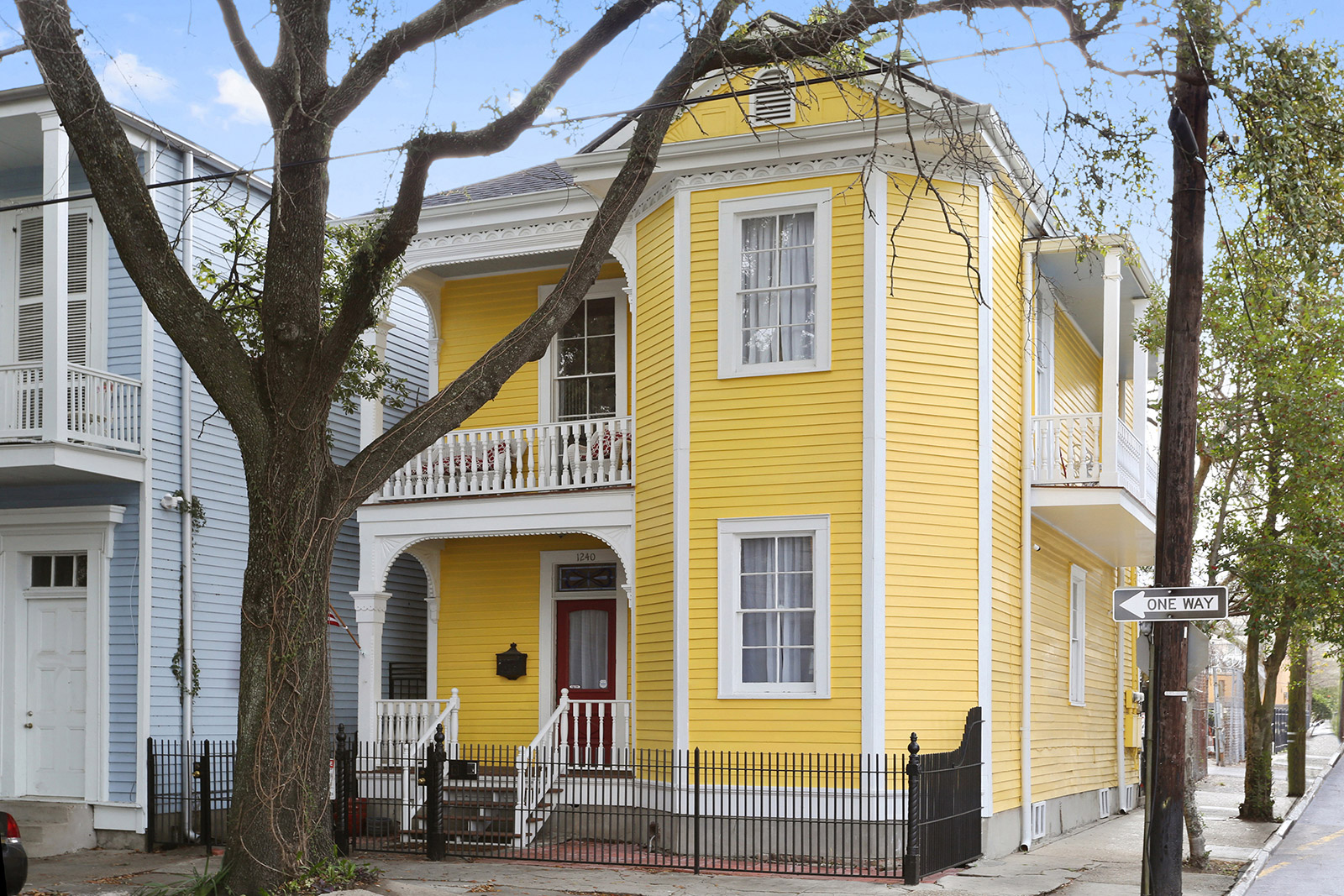
Orleanians from all across town converge on Uglesich’s in Central City for a lunchtime po-boy sandwich and some people watching. Nearby Café Reconcile draws lawyers, artists, activists and teachers, attracted by good food, the ambience of the converted warehouse and the café‘s mission to train atrisk young people for jobs in the restaurant industry. Central City is earning its name as a geographical center for New Orleans, and in the last few years its main street, Oretha Castle Haley, has added a community garden, a cultural center, an art gallery and several nonprofit organizations. In another part of the neighborhood, the home of jazz great Kid Ory was restored by the Preservation Resource Center with the help of neighborhood teens apprenticing in the building trades. Neighborhood housing groups, churches, businesses, social aid and pleasure clubs and a new group of renovators are working to bring Central City, one of New Orleans’ most historic neighborhoods, into the 21st century.
Part of the Central City Historic District was originally included in the fashionable 1806 development now known as the Lower Garden District. The swampy lands further from the river, however, were first occupied by laborers who came to build the nearby New Basin Canal in the 1830s. Irish and German immigrants were joined by Italians, African Americans and Eastern European Jews as the century progressed. By the time jazz great Buddy Bolden lived here at the turn of the century, the neighborhood was a polyglot mix of shopkeepers, draymen, porters and laborers, almost all of whom lived in shotgun cottages built expressly as rental housing and often surrounding the original large palatial homes and townhouses. Oretha Castle Haley, then known as Dryades Street, was a thriving shopping area with more than 200 businesses at its peak. The area faltered as local businesses and industries moved out in the 1950s and 1960s, though African American-owned insurance and financial institutions retained a strong presence. Today, Central City harbors landmarks for nearly every ethnic group that made up 19th century New Orleans. St. John the Baptist Catholic Church, designed for an Irish congregation by German architect Albert Diettel in 1869, stands down the street from a shopping district that was the site of a key civil rights protest by blacks in 1960.
Carondelet Street boasts several historic orthodox synagogues, some of which do service now as Christian churches. First African Baptist Church at 2216 Third St. (1903) houses the oldest African American Baptist church in the state. New Zion Baptist Church at 2319 Third St. became legendary after Dr. Martin Luther King spoke here in 1957. While many residents have moved to eastern New Orleans they continue to flock back to their old neighborhood churches. The Felicity Street Redevelopment Project has established a revolving fund to buy vacant houses and attract homebuyers into a section of the district that the group successfully nominated as a national “Save America’s Treasures” neighborhood. The Preservation Resource Center is bringing new attention to the homes of jazz legends like Buddy Bolden, Kid Ory and King Oliver, all of whom lived in this area.
Courtesy of the Preservation Resource Center of New Orleans.


